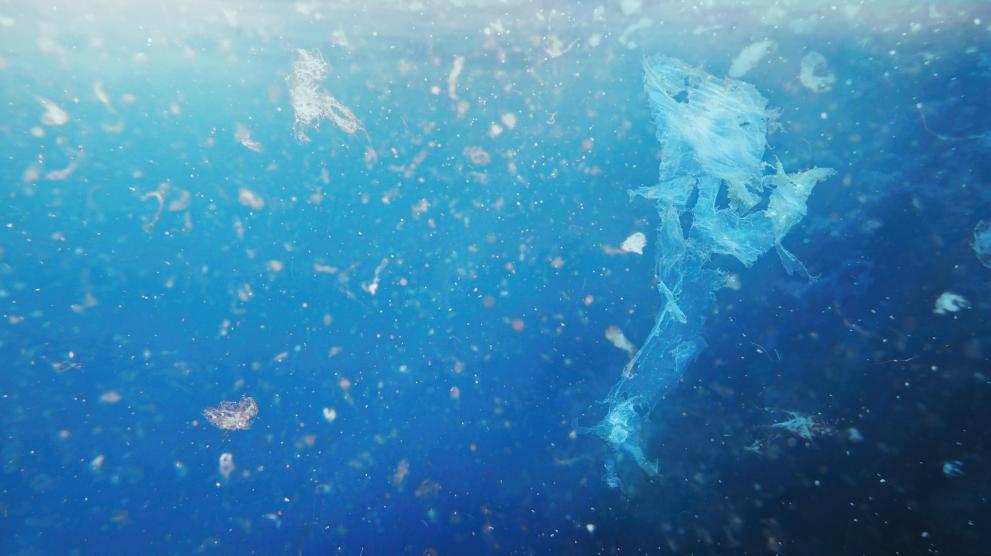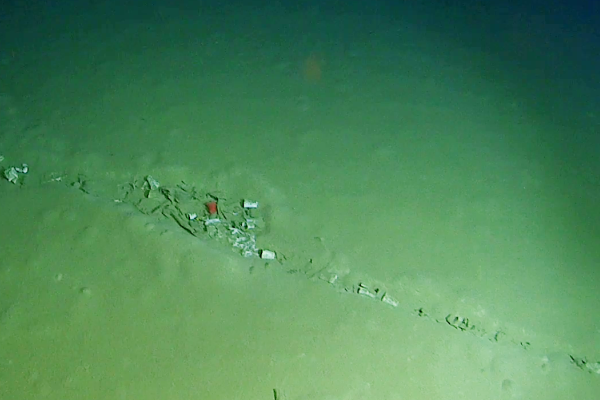
The JRC has now released a world-first reference material which will help improve analysis of microplastic particles in water. Microplastic pollution is a growing concern, with potentially negative impacts on human health and on our environment. To understand the scope of this problem, we need to be able to measure and map the extent of microplastics pollution.
Analysing these particles is a challenging task, as they vary significantly in size, shape, composition, and chemical structure, making it difficult to accurately assess their presence. Furthermore, different laboratories may use different methods and/or instruments to measure microplastics, which can lead to inconsistent results.
Comparable results across laboratories are vital for reliable data and better policy
The JRC’s new control material will help laboratories calibrate their measurement methods for microplastic particles and ensure that their results are consistent and comparable.
Laboratories can then compare the results of their measurements with the JRC reference material to determine the number and concentration of polyethylene terephthalate (PET) particles, a type of plastic, in different water samples. Consistent measurement and analysis results will help to build a more accurate global picture of the problem and provide a more reliable scientific basis for action. Reliable data will help policy makers, businesses and citizens to better understand the scale of the pollution, and the actions needed to reduce it.
The science behind new rules for cleaner drinking water
In addition to strengthening the evidence coming from laboratories, this new control material is helping put EU policies into action. The update of the EU Drinking Water Directive, for example, identified microplastics as an emerging pollutant which could be added to the watchlist system.
The watchlist mechanism aims to identify and monitor pollutants in surface waters that are not currently regulated by EU legislation but may still pose a risk to the environment or human health.
The European Commission has adopted a harmonised methodology to measure microplastics in drinking water, and this new reference material will support this important effort. Better understanding how common and how concentrated microplastics are in our water is essential to better understanding their impacts on health, and wider environmental impact. By better understanding the scale of the problem, it will be possible to take action to reduce pollution in our oceans and drinking water, for a cleaner, healthier planet.
Related link
Details
- Publication date
- 6 June 2025
- Author
- Joint Research Centre
- JRC portfolios 2025-27




